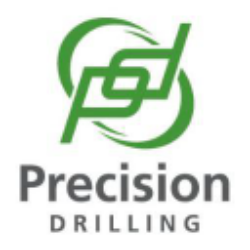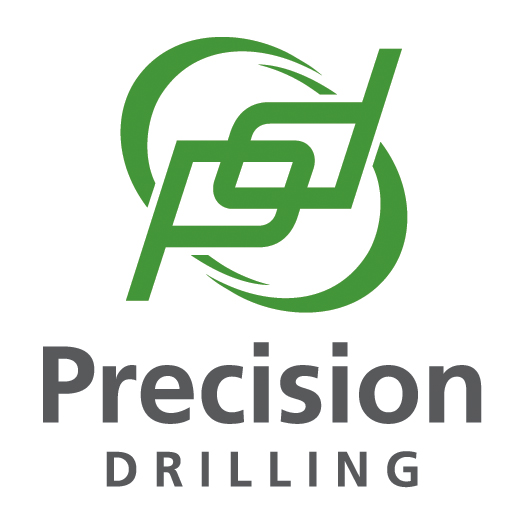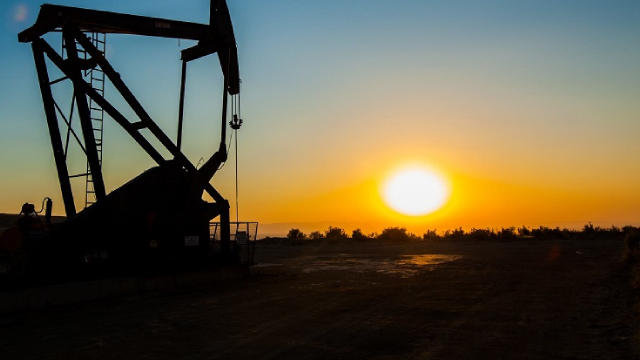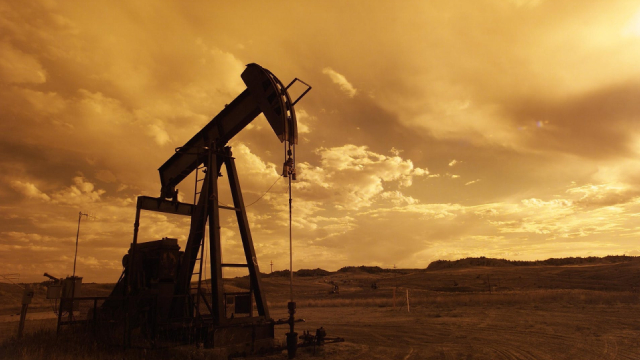
PDS
Precision Drilling Corporation
$61.9
1.76
(2.93%)
| Exchange: | |
| Market Cap: | 839.83M |
| Shares Outstanding: | 11.671M |
About The Company
| Sector: | Energy | |||||
| Industry: | Oil & Gas Drilling | |||||
| CEO: | Carey Thomas Ford | |||||
| Full Time Employees: | 5504 | |||||
| Address: |
|
|||||
| Website: | https://www.precisiondrilling.com |
Precision Drilling Corporation, a drilling company, provides onshore drilling, completion, and production services to exploration and production companies in the oil and natural gas and geothermal industries in North America and the Middle East. The company operates in two segments, Contract Drilling Services; and Completion and Production Services. The Contract Drilling Services segment offers onshore well drilling services to exploration and production companies in the oil and natural gas industry. This segment’s services include land and turnkey drilling; and procurement and distribution of oilfield supplies, as well as manufacture and refurbishment of drilling and service rig equipment. As of December 31, 2021, it operated 227 land drilling rigs, including 109 in Canada; 105 in the United States; 6 in Kuwait; 4 in Saudi Arabia; 2 in the Kurdistan region of Iraq; and 1 in the country of Georgia. As of December 31, 2021, this segment also operated 47 AlphaTM rigs with commercial AlphaAutomation; 18 AlphaApps; 4 grid power capable rigs; and 60 natural gas or bi-fuel rigs. The Completion and Production Services segment provides service rigs for well completion, workover, abandonment, maintenance, and re-entry preparation services; wellsite accommodations; oilfield surface equipment rentals; and camp and catering services to oil and natural gas exploration and production companies. As of December 31, 2021, it operated 123 well completion and workover service rigs, including 113 in Canada and 10 in the United States; 1,900 oilfield rental items, including surface storage, small-flow wastewater treatment, power generation, and solids control equipment; 109 wellsite accommodation units; 943 drill camp beds; 822 base camp beds; and three kitchen diners in Canada. Precision Drilling Corporation was incorporated in 1951 and is headquartered in Calgary, Canada.
Click to read more…
Revenue Segmentation
EPS
Earnings Call
Income Statement
(* All numbers are in thousands)
Balance Sheet
(* All numbers are in thousands)
Cash Flow Statement
(* All numbers are in thousands)
Analyst Estimates
(* All numbers are in thousands)







